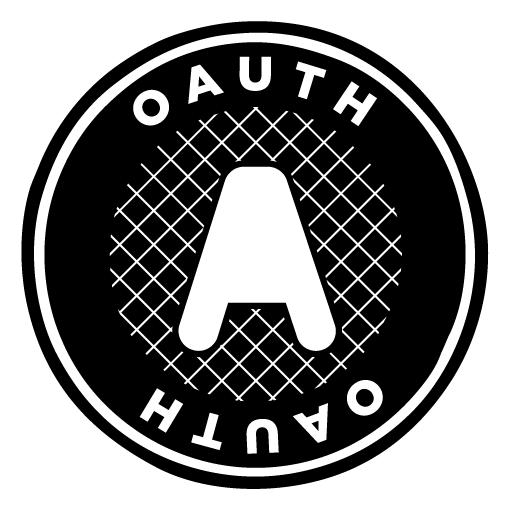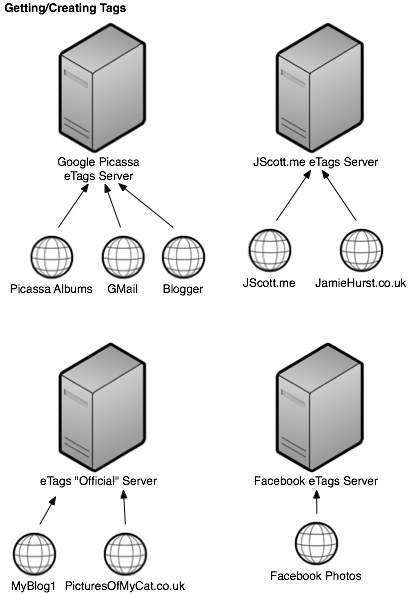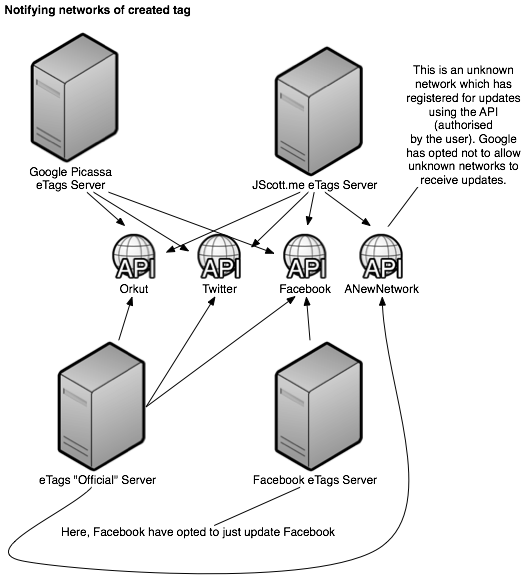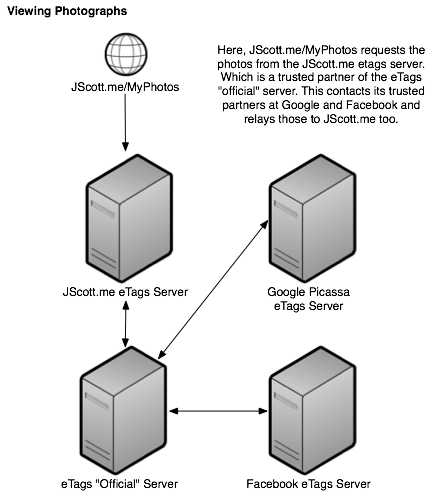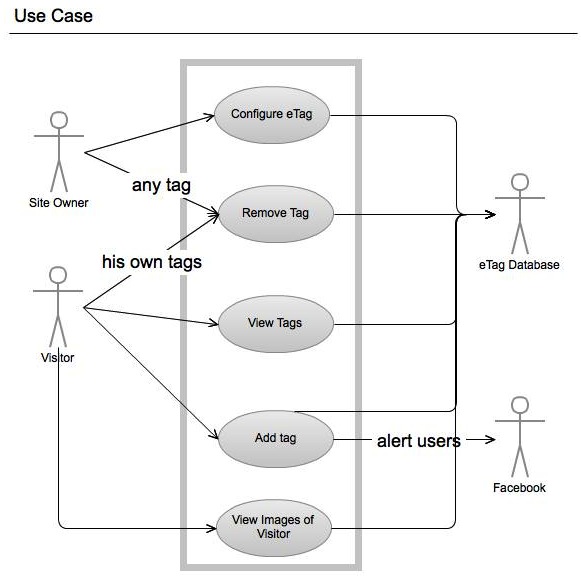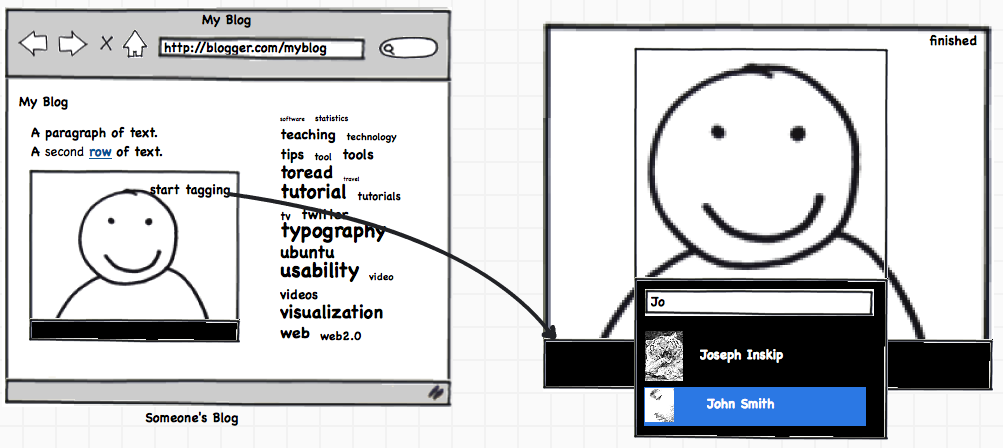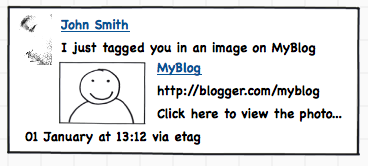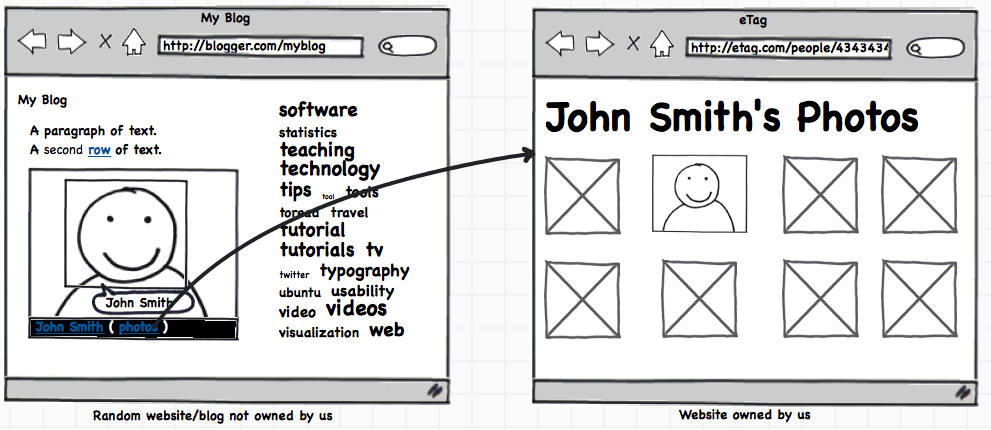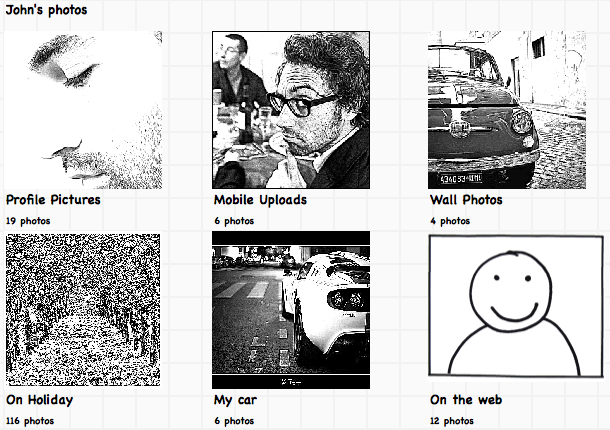All about timing.
I think the idea of being part of decentralisation is a little bit early and optimistic for our system. I agree that monopoly (such as Facebook) will be replaced someday by a democratic system but we’re not sure when will that happen. And I do not think it will be in a near future.
First of all, social networking monopolies are in their golden season. With hundreds of millions of live users and hundreds of thousands daily registered users, monopolies are expanding rapidly, the market says YES. I agree that the centralisation (actually ownership) of user’s data actually preventing people from collaborating and contribution. But still people are contribution through suggestions and feedbacks channels FB provides. With the large amount of users, monopolies are able to collect the latest market requirements and improve themselves. Another thing is that most users on Facebook don’t have the concept of ownership of their data. As long as they are having fun and can get what they want when they want them, they don’t care who is managing their data. For those who want to collaborate, maybe open source is a good idea. Monopolies satisfy most users and are improving themselves all the time. They have mature business model and suitable for current situation, and they are not willingly to change therefore when decentralisation will become the main trend is unpredictable. This is a potential risk for us to aim that high.
Secondly, I think decentralisation is more about a concept, a habit but not a technology. Technically, a decentralisation system can be done, but will it be successful in today’s climate? Will it survive in the battlefield of social networking market? We cannot say that for sure because even if we have one system like this, will end users actually benefit more from a decentralised system than Facebook? From a user’s perspective, I can hardly see innovations from the paper “decentralisation – the next generation of social network site”, what it says are protocols that acts similarly like Facebook (of course, the idea was not originated from Facebook as well). Network effect sticks people closely with popular social networking sites. And people are having fun. People may ask, why change? This situation also reminds me a case that Microsoft’s Windows OS was criticized for its monopoly in personal computer Operating System market several years ago. Windows took up too much of the market share that resulted in other companies’ bankrupt. What Microsoft says is we’re collecting latest users’ requirements that make us the best Operating System in the world. I think this is why Windows 7’s advertisement slogan is: Windows 7 was my idea and that’s also the reason why Windows has over 2 decades history. So in my opinion so far, popular social networking users are enjoying, it’s hard to change for now.
And again, I’m not denying the concept of decentralisation. I just think it is a little bit far from us. At the end of the day, we’re not guiding the trend but following it. My suggestion is to keep a low profile and does something concrete. Since from technical point of view, the two things are similar. We keep this dream and do things step by step. Make early preparations and when things come we’ll be the first to embrace it.

